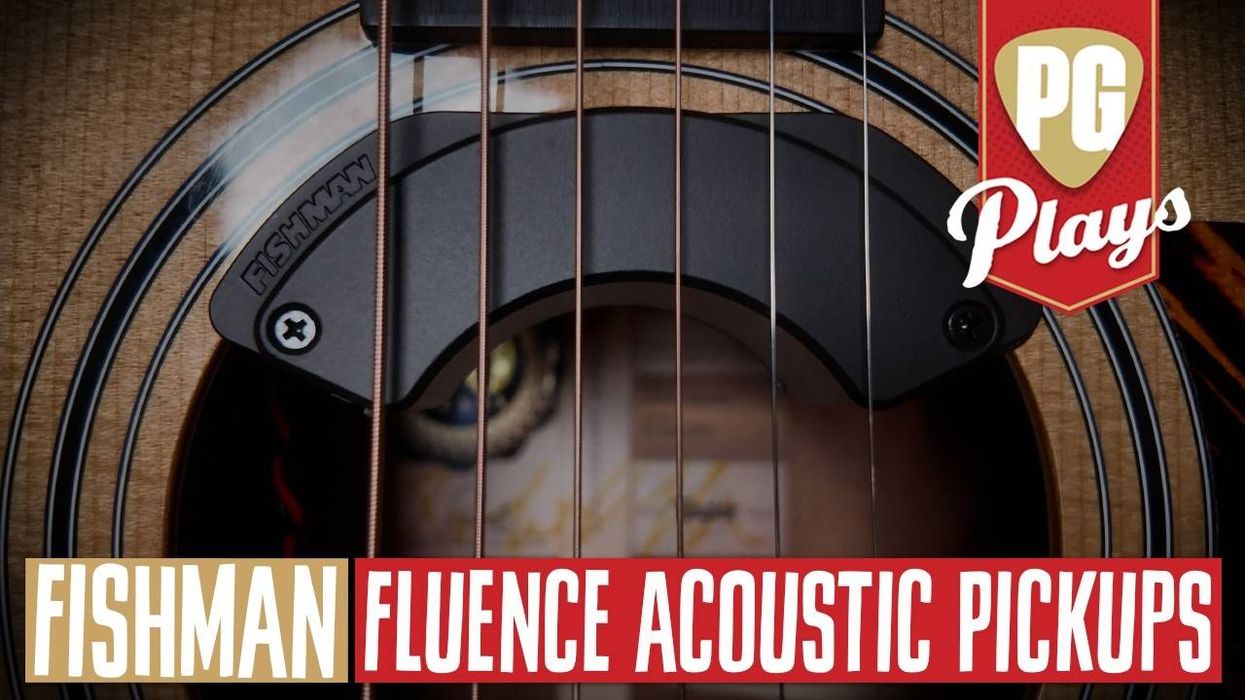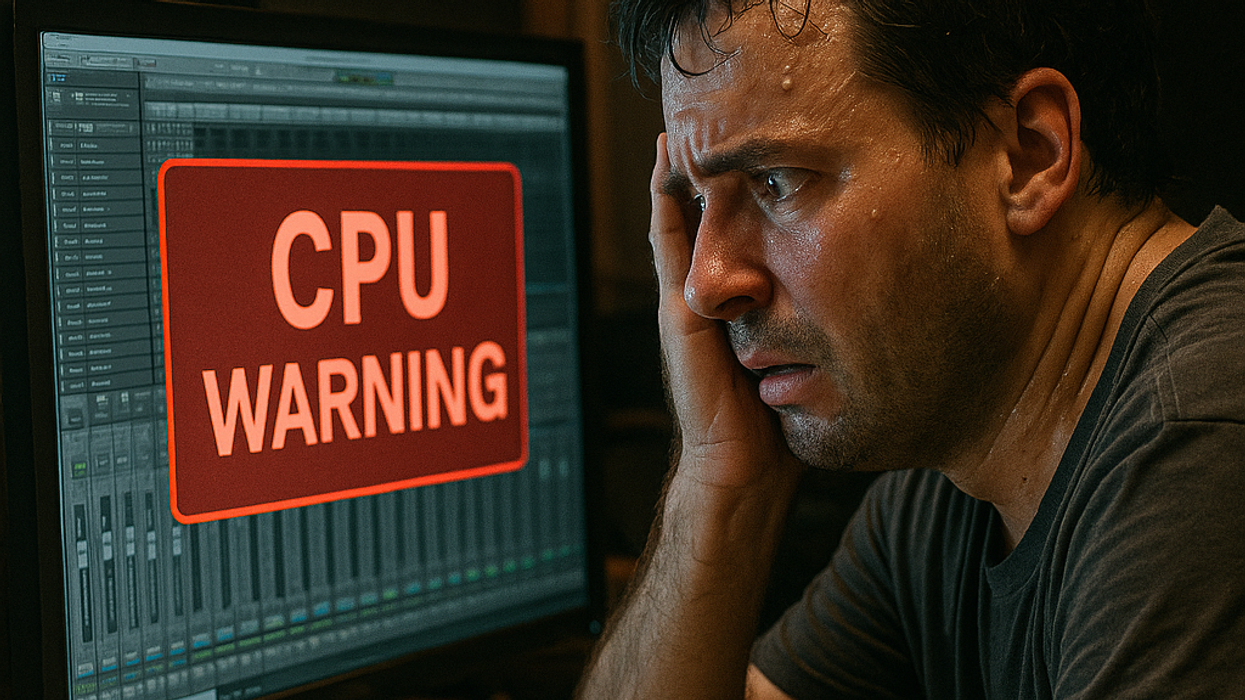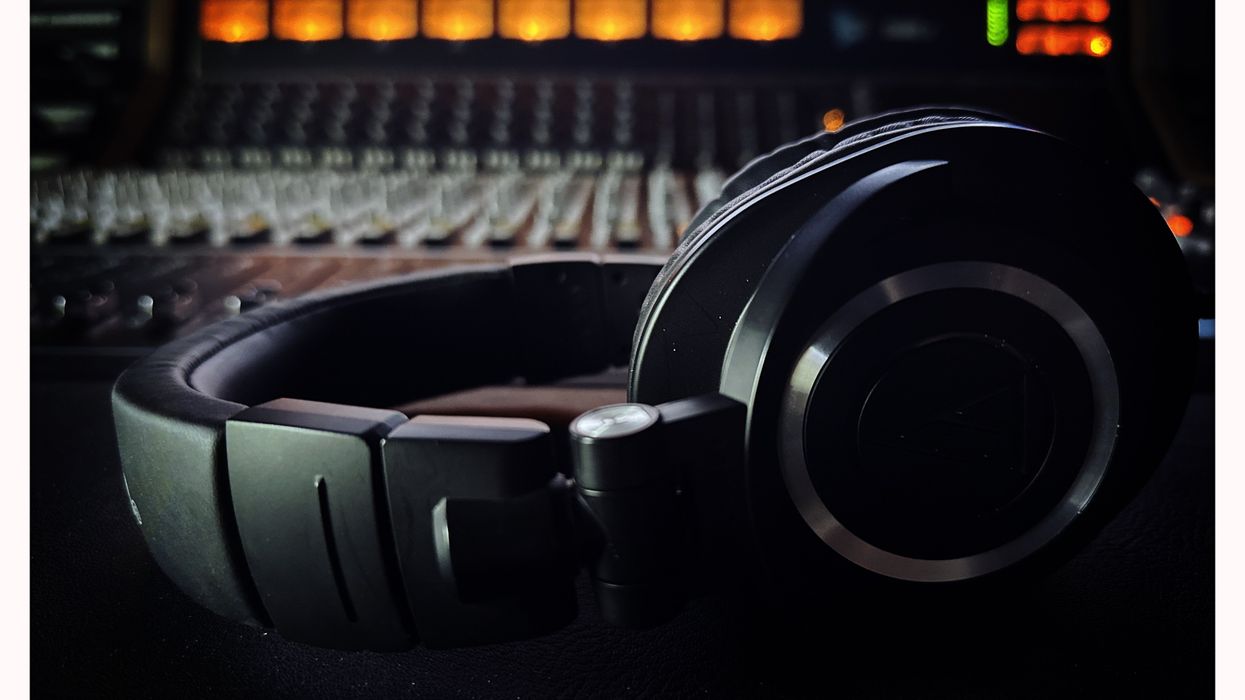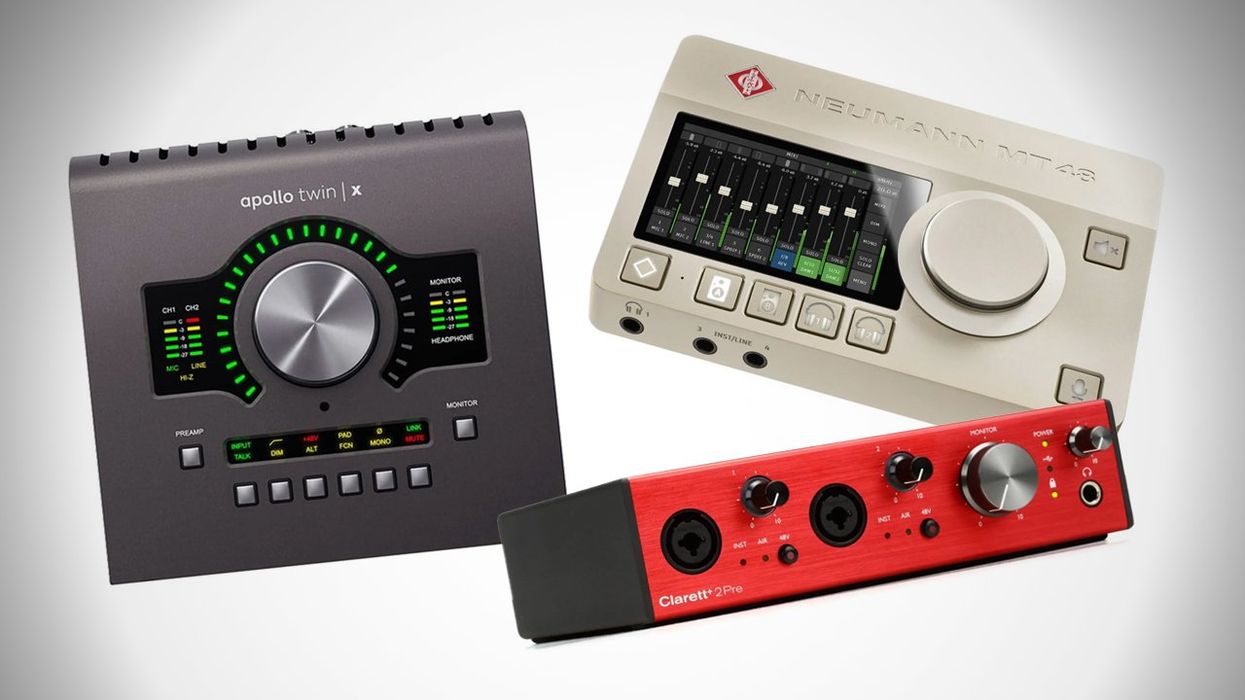In the world of music production, the tools we choose profoundly influence the final sound of our recordings. I want to make the case for adding one tool that is rarely, if ever, in the “must have” or “sexy gear” spotlight but can deliver huge results to your mixes: the console summing mixer. Tighten up your belts—the Dojo is now open.
While digital audio workstations (DAWs) have revolutionized music production, offering unparalleled editing and flexibility, many producers, including me, still mix back into an analog console for the sonic character and three-dimensionality that it imparts. But buying a professional console isn’t cheap! This is where console summing boxes come into play, offering a unique way to enhance your mixes and elevate them to a professional level.
How Does It Work?
Very simply put, recording consoles have two basic sections: an input section (all the channels of mic pres, and EQ) and a center section (that sums all of the channels together and routes those signals to various configurable outputs such as inserts and aux buses). A console summing mixer is essentially the center section of a console and is designed to sum the individual audio channels, aux buses, stems, and submixes from your DAW in an analog domain.
In a DAW, digital summing—the process of combining multiple tracks and buses into a stereo mix—is handled through complex binary algorithms that, while precise, can sometimes lead to a mix that feels lifeless and one-dimensional, lacking the warmth, depth, and cohesion that analog consoles impart.
One of the most significant advantages of using a summing box is the introduction of harmonic distortion, a natural byproduct of analog circuitry. This isn’t like amp or pedal distortion, but rather a subtle harmonic saturation that adds richness and character to the sound. Low-end frequencies gain girth and definition, while high frequencies have a smooth, silky quality. You can achieve natural compression through subtle variations in phase and amplitude, but that depends on how hard you push the summing mixer box.
But the best benefit, in my opinion, is its ability to produce an undeniably open stereo image. Digital summing, while accurate, often lacks dimension or a sense of space. Analog summing introduces subtle variations in phase and amplitude, creating a sense of width and depth that makes each instrument feel like it occupies its own space in a more 3-D stereo field, which results in a more engaging and polished mix. I’ve also found summing boxes encourage a more deliberate and thoughtful approach to mixing, as it requires submixing certain elements.

API’s ASM164 ($3,195 street) is wildly flexible, offering VU meters, multiple inserts, two separate stereo mix options, and more.
For those who work “in-the-box” and aren’t in the market for a summing box, let alone a console, incorporating a summing box can also serve as a valuable learning tool. By running stems through a summing box and comparing the results to an entirely digital mix, you can train your ear to recognize the subtle qualities that make a mix feel warm, cohesive, spatial, and dynamic. This heightened awareness can then inform your in-the-box mixing decisions, even when you’re not using a summing box.
“Whether you want to add depth and dimension to your tracks, enhance your stereo image, or bring a touch of analog magic to your mixes, a summing box can be a gamechanger."
It’s important to choose the right summing box for your needs and budget, as different models offer varying sonic characteristics. Good summing mixers typically start around $2,000, such as Rupert Neve Design’s 5057 Orbit Summing Mixer. While more expensive, API’s ASM164 ($3,195 street) is wildly flexible, offering VU meters, multiple inserts, two separate stereo mix options, and more. The key here is to understand your needs.
Pairing a summing box with high-quality outboard processors, such as compressors or EQs, will allow you to shape your mix in ways that are impossible within a purely digital setup.
Whether you want to add depth and dimension to your tracks, enhance your stereo image, or bring a touch of analog magic to your mixes, a summing box can be a gamechanger. For anyone serious about mixing, it’s a tool worth considering—one that can make the difference between a mix that’s good and one that’s truly exceptional. Until next month, namaste


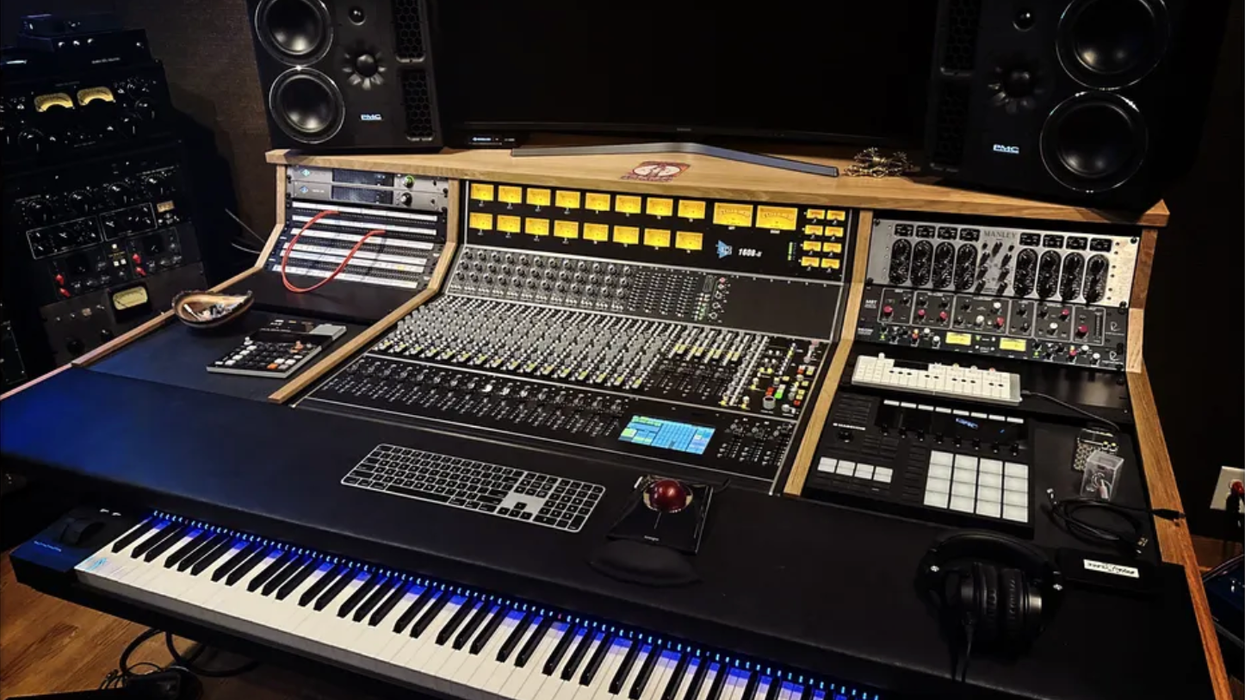


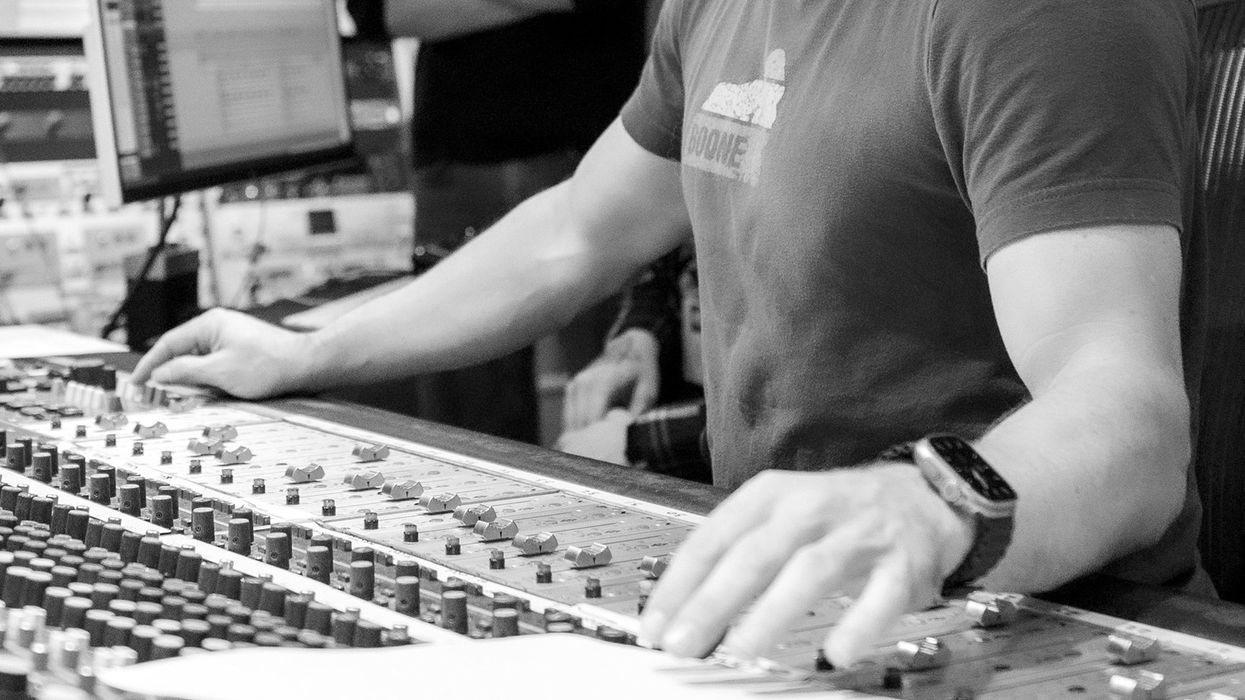
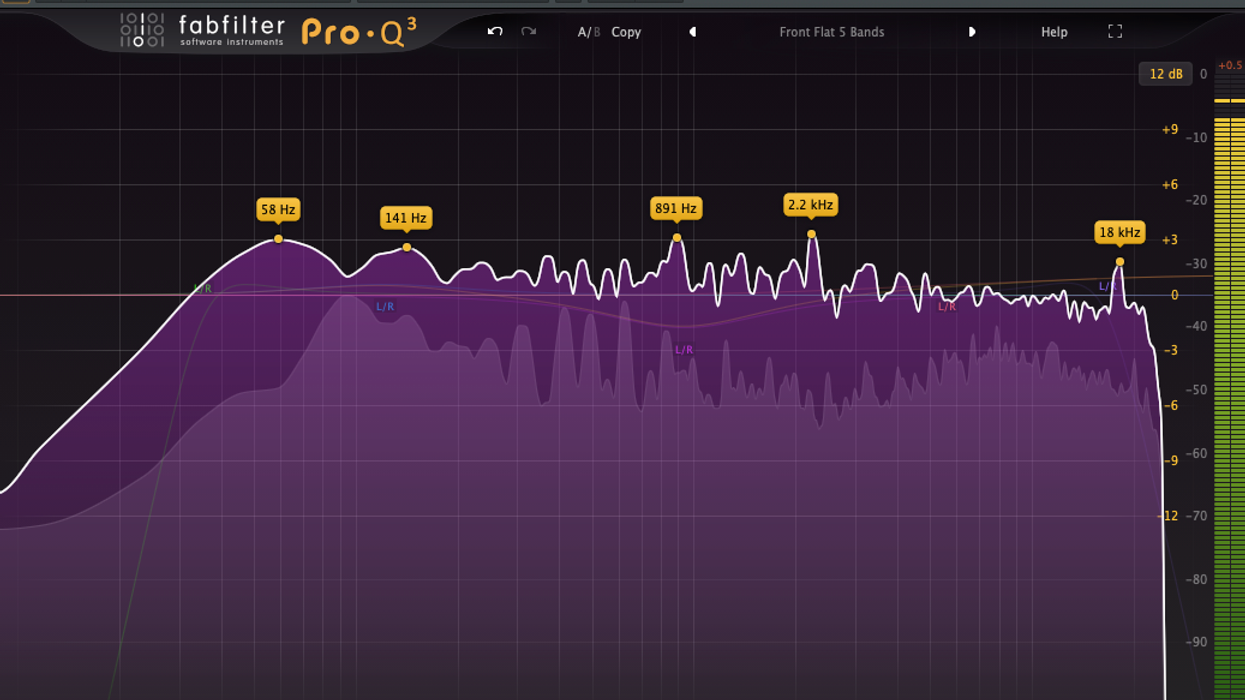


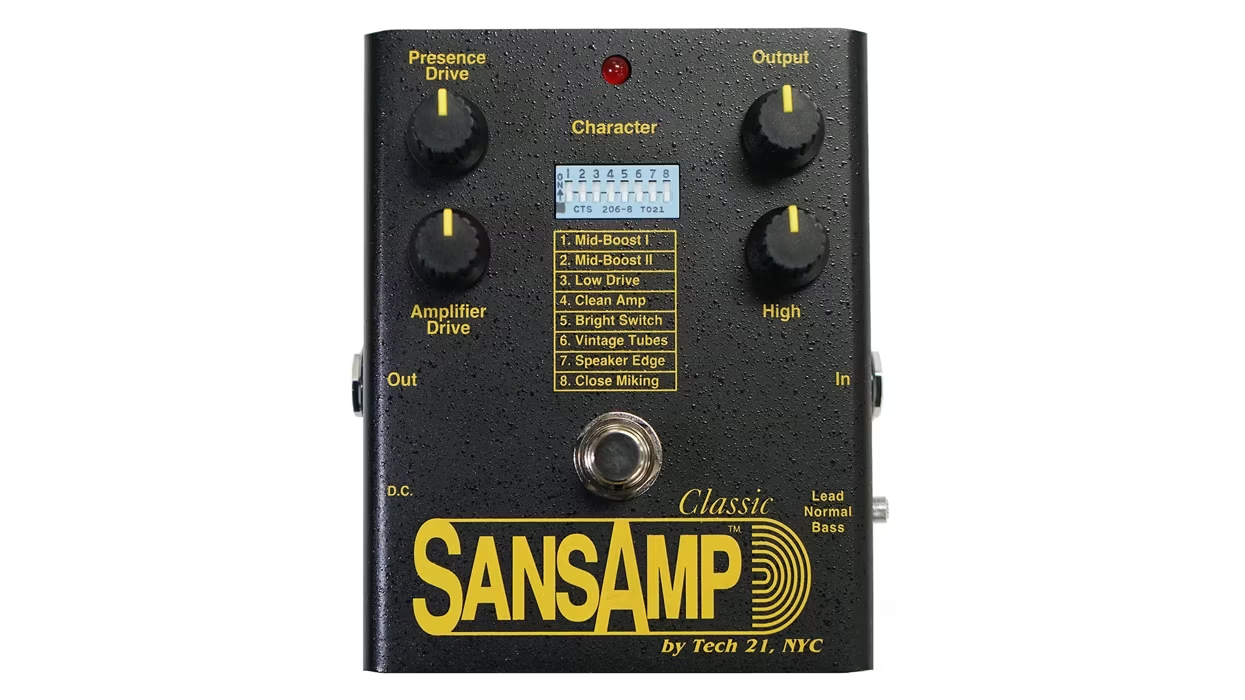
![Rig Rundown: Russian Circles’ Mike Sullivan [2025]](https://www.premierguitar.com/media-library/youtube.jpg?id=62303631&width=1245&height=700&quality=70&coordinates=0%2C0%2C0%2C0)

